If you plan to go on a thru-hike adventure, we challenge you to face the Appalachian Trail. The Appalachian Trail has been a favorite for many hikers since long ago. It is fun packed, and you will barely notice time moving. For the best experience, convince your favorite friends to join in; it will be a season of making merry on the trail.
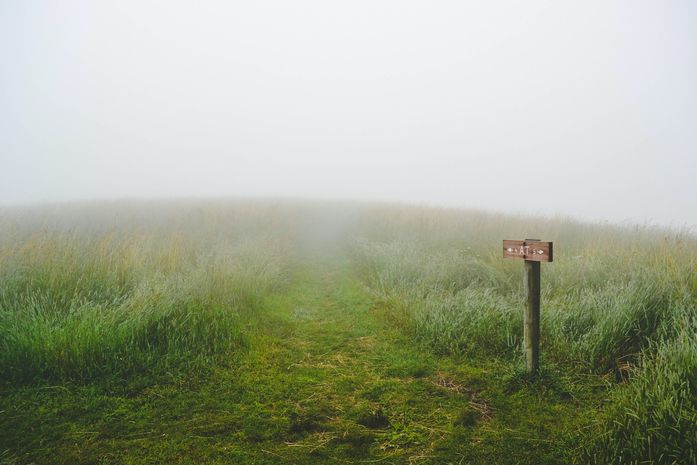
The Appalachian Trail goes down in history as the longest hiking-only trekking path in the world, measuring 2190 miles.
The trail traverses 14 states and goes through the famous Appalachian mountain ranges. The southern end of the course is in Springer Mountain, Georgia, while the Northern terminal is in Katahdin, Maine. Despite the length, the Appalachian Trail receives millions of visitors yearly, who intend to thru-hike, but only a few get to the end.
Besides thru-hiking, you can also come here to connect with nature, meet new people from all over the world, reconnect with friends and family, and get away from the busy and stressful city life.
Just like the Pacific crest trail, the Appalachian Trail has its ups and downs, literally and figuratively, but with determination, preparedness and discipline, you will make it through.
How to prepare a thru-hike on the Appalachian Trail
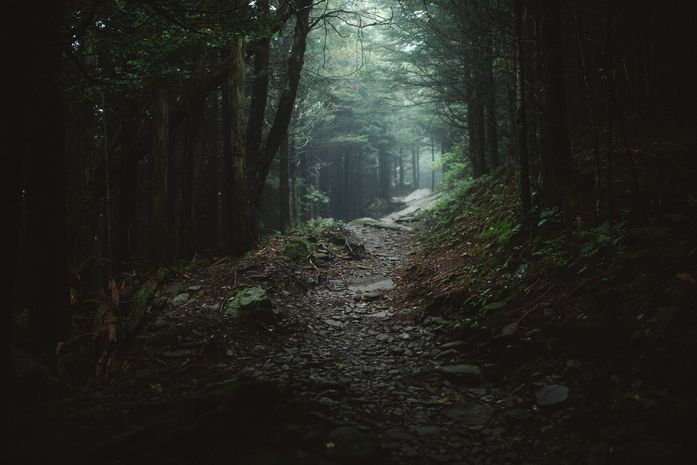
Failing to prepare is preparing to fail, even in hiking. You need to prepare sufficiently and ensure that all systems are in place. Good preparation will make life on the trails manageable. We aim to ensure you have fun and get to finish the route.
How to plan for a thru-hike
Here are the essential things you must consider when hiking on the Appalachian Trail.
Physical training
For the few months leading to your hiking adventure, you need to engage in rigorous physical exercise so that your body is in good shape to withstand the trail. You must be fit enough because you will need to cover long distances daily.
Medical checks
A doctor’s report is essential to ensure you are in perfect health for the trail. However, this does not guarantee that you will not catch some illnesses and injuries. Accidents are imminent
Research widely
Prepare sufficiently by reading and researching about the trail. You can also get information and inspiration from hikers who have visited the Appalachian Trail before.
Get the Permits
Some states will require you to have access permits. If it is possible, get them in advance. You may need camping permits and fire permits. Do your research and prepare all the documents before the adventure.
Get a map and a compass
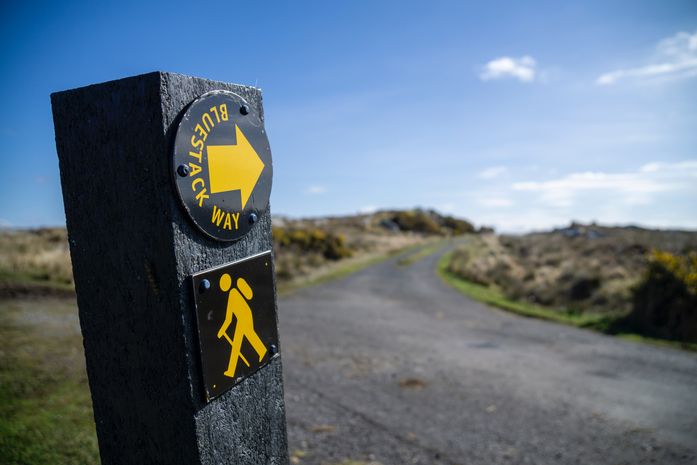
These are essential tools because you can always refer when you feel like you are going in the wrong direction. A map is mandatory since you might find that some places are not marked appropriately, and signage might be unreadable or dilapidated.
Personal effects
Make sure you have enough personal effects for the trek since you might be unable to replenish them along the way. Personal effects, in this case, include toothbrushes and toothpaste, toilet paper, bathing soap, body oil, and sun protection essentials, such as a hat, sunscreen, and sunglasses.
Water filter
You need a water filter because you cannot afford to carry water for the journey. Along the trail, you will find places where you can refill your bottle, but you may need to treat the water to be sure you are taking clean water.
A first-aid kit
You must have a first aid kit when hiking the Appalachian Trail. Accidents are imminent, and you will need to respond fast when they happen. After a long day on the trail, it will sometimes be a bugging headache that you need to relieve to have a peaceful night.
Source of light
You must have a reliable headlamp (Check here) that uses batteries and solar energy. You need light at the camping site to see around as you prepare your food and get into bed. A headlamp is also essential to keep away wildlife. Remember you are in their habitat, and they might try to visit you at night. It would help if you also put on a campfire for the same purpose.
Loose cash
Do not be tempted to have all your money on a credit or debit card. You will pass through some remote villages where you cannot withdraw or swipe the card. You will also need to tip locals and guides for favors they may extend.
Plan well for your meals
You can only hike well through the Appalachian trail if you eat well. Plan your meals and ensure you have more carbs to replace the energy lost. You can try out local foods, but you cannot rely on that entirely since, at some point, you might go a long way before coming across a restaurant. You can mail some extra food to the towns along the way, so your backpack is light enough.
How to Enjoy Hiking and Camping on the Appalachian Trail
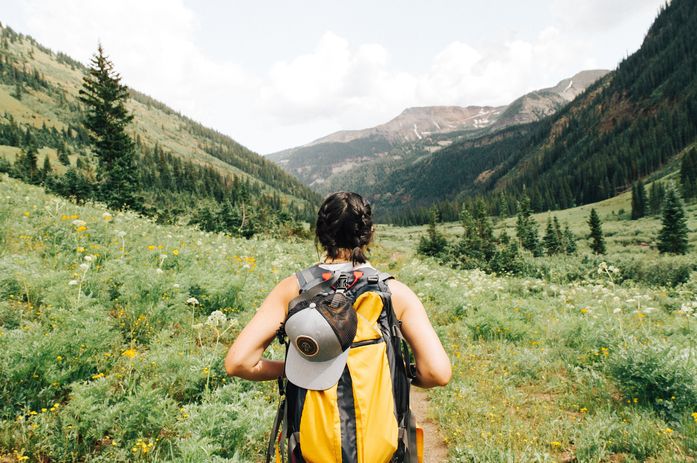
Budget well
This video will give a rough idea of how much money you will need to save
Thru-hiking the Appalachian Trail takes five to 6 months to move from one end to the other. Being out there for such a long time will be a costly undertaking. Also, remember that you will be out of work the whole time, and unless you have passive income or massive savings, you might come back home extremely broke.
Budgeting will help you in setting aside cash for the journey. Always do your forecasts on the higher side and set aside money for miscellaneous use. Save up in advance and plan so that your expenditure along the way will be minimal. You will be tempted to overspend but try to go slow because if you run out of cash, you might beg to return home.
The biggest challenge that thru-hikers face is the unprecedented cost of accommodation and drinks in the towns. You might meet up with a hyped-up group and drink half of your money. This is where discipline comes in. Avoid getting carried away with the hype and pomp of partying, and stick to your budget.
Have the right camping tent
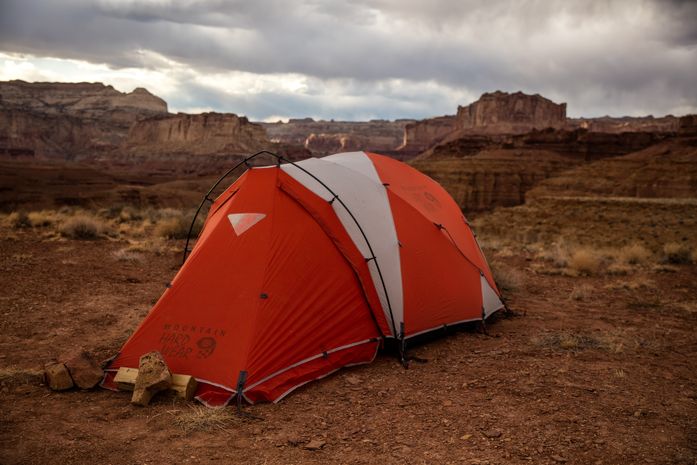
Your camping tent will play a significant role in whether you will have an adventure on the Appalachian Trail or long nights. The tent will be your shelter most of the time, so you must invest in a good quality one. (See here)
There are different categories of camping tents in the market, and they all differ in quality. Get a four-season tent that is appropriate for any weather. In six months, you might have experienced weather changes, and you do not want to be disadvantaged because of your choice of tent.
With the tent comes the mattress and sleeping bag. Thru-hiking will require you to sacrifice and get the best quality to serve you throughout the journey.
Wear the right clothes and shoes
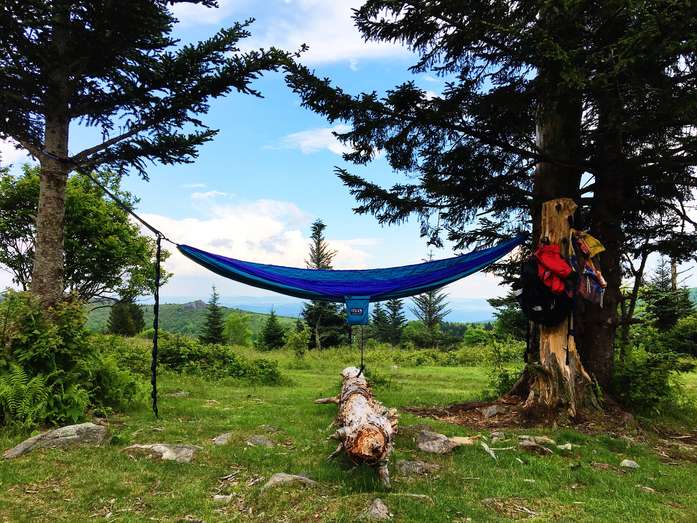
We cannot over-emphasize the importance of having the right clothes and shoes. Some hiking injuries, such as chafing, can easily be avoided by wearing clothes with suitable materials and the correct type of well-fitting shoes.
I know you will be tempted to pack your cotton t-shirts because of the thought that they are breathable and will absorb sweat. This is wrong since the sweat will remain on your skin. Instead, go for synthetic fabrics (Check here) with wick-like properties that will divert moisture away from your body. Wool socks are the best bet as well. (Check here)
As you pack the clothes, remember inner wear should be long enough to prevent chafing between your thighs, which can be an excruciating affair.
We recommend you check out the weather forecasts for all the areas you will pass through. This will enable you to pack appropriate clothes. You can ship extras to the different towns along the trail to reduce your luggage.
Once you collect the new clothes, you interchangeably ship the old ones back home. That way, you will have clean clothes throughout the journey without having to contend with bulky luggage.
Post extra supplies ahead of you
Shipping a resupply box
We have already talked about posting clothes and food, but these are only some items you may need to post. Plan to ship an extra of all things, including refill for the first aid kit and water purifiers, camping tent, walking stick, shoes, fuel, sleeping bags, blankets, and any other item you carry with you.
There have been cases where luggage gets stolen or is rained on and gets damp. Tents, blankets, and sleeping bags can also tear, and you find it challenging to get good-quality ones in the stopover towns.
Therefore, it is wise of you to plan for any mishap you might encounter. You will always be confident that you will replenish all the supplies in the next town.
You can ship via post office or courier services, depending on where you are coming from. It would help if you researched in advance to know the towns that offer these services. As you collect, remember to ship back the old items, even if they are torn. Or you can donate them to the locals.
You should also send a postcard to your family to let them know you are progressing well with the journey.
Enjoy the company of the Local people.
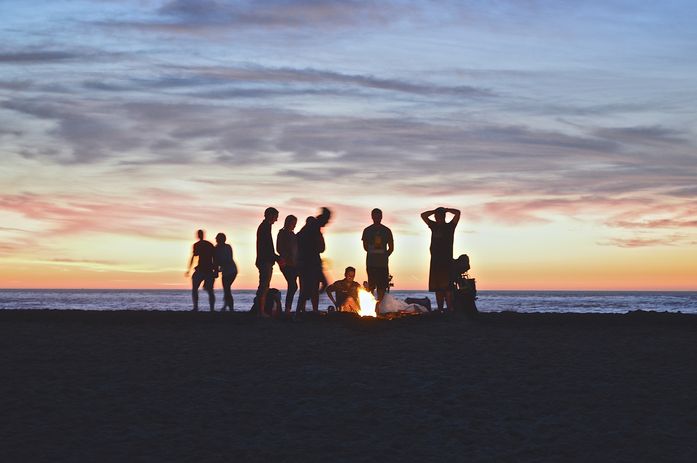
As you traverse the trail between Georgia and Maine, you will pass through 14 states, and all have people from different cultures. Besides the satisfaction of completing the journey, you also stand a chance to learn new things from the local communities.
Interact with them to know what they do and how they go about their activities. Have a taste of their food and drinks, but remember you are on a budget, so don’t overspend. Alternatively, you can budget for small luxuries to breathe from the tight schedule.
You will be tired at the end of your journey, but you will enjoy it quite a lot. Make new friends if you must, and stay in touch. They could be your source of information on your back or the next time you decide to hit the Appalachian Trail.
Follow the rules and regulations.
All the 14 states that you will pass through have their own rules and regulations. Update yourself to ensure you don’t get into trouble. Some places have more stringent regulations, and you can get in trouble for being ignorant.
Some states do not permit campfires, probably because of the frequent occurrence of forest fires. While in others, you will get arrested for something seemingly minor as littering. Read and understand the rules of the state you are headed to.
Interacting with locals can also save you here because they will bring you up to speed with the rules and regulations of their area.
Keep up with your schedule.
Try as much as possible to keep up with your schedule to finish on time. The longer you stay on the Appalachian Trail, the more you lose out on your income-generating activity.
When planning the schedule, be reasonable and allocate some time to rest and have fun. You will need to stop and sock up in nature along the way. Allow yourself to enjoy, but keep going as soon as you can.
You need to set your daily targets reasonably. It would be best if you plan on getting to a given destination in a certain number of days instead of counting the distance.
Plan for some adventure
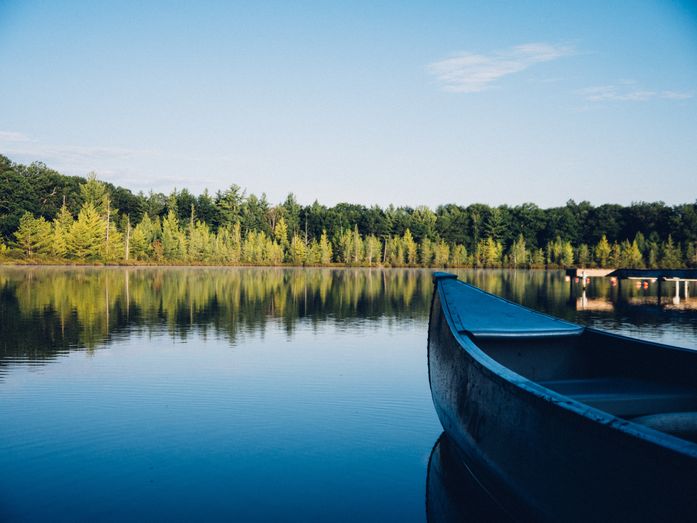
There is so much fun along the Appalachian Trail. Do not miss out just because you have a target to meet. Stop and dip yourself in the lake, swim in the rivers, breathe fresh air, and then continue your trek.
Hiking is not a punishment. It should be fun; you should go back home with good memories.
As you are researching before getting on the trail, check out the activities along the way and budget for them. Join the caravans, sing and dance with the locals, dress like them and join the parties. This will give you the energy to go on since you will look forward to more adventure.
Give up if you must
Hiking the Appalachian Trail is not a matter of life and death. Even experienced hikers have seasons that are not the best. If you find yourself in a difficult state, fall ill, get injured, or even realize that you have run out of your budget, it is okay to return and go home.
You can still get back another day; the Appalachian Trail will still be waiting for you. You have not failed; you tried your best but what was to go wrong went wrong.
Conclusion
I hope you find this guide helpful as you plan to thru-hike the Appalachian Trail. Hiking, camping, and backpacking should be fun, and that is why I am here to share this valuable information with you.
I am looking forward to reading your comments on what you think about this article. Let’s talk in the comment section.
If I have inspired you, feel free to like, share and subscribe.
